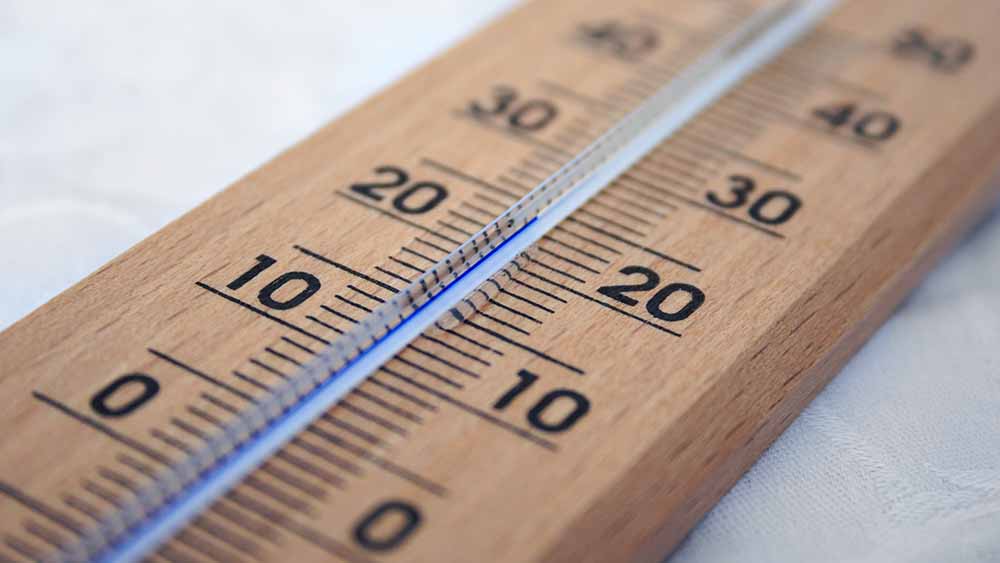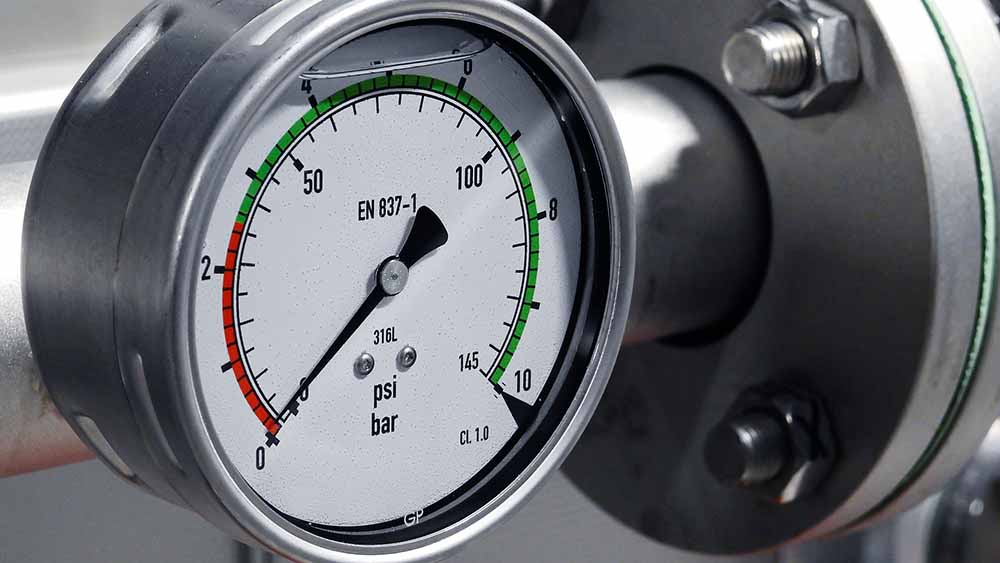Energy Harvesting
Smaller electronic devices can be operated autonomously by converting energy from the environment into electrical energy. This is also known as energy harvesting.
The technology is increasingly in demand among end consumers. Therefore, in many cases, it is worthwhile to examine options for implementing it in one’s own products and thus address a new market.
How does energy harvesting work?
Energy harvesting can be implemented in various ways. All methods make use of existing energy from the environment, e.g. from movement, pressure or solar radiation, and convert it into electrical energy. The choice of technology therefore depends on the product in question, as well as its function and place of use.
Conversion of energy from the environment

Energy from light
Solar cells convert light energy into electrical energy.
Examples from practice:
- Carge remote controllers
- Agricultural technology (air and soil moisture, temperature sensors)

Energy from temperature differences
Thermoelectric generators generate electrical energy from temperature differences (Seebeck effect).
Examples from practice:
- Supply and heating technology (radiator flow has 40°C, room temperature 21°C)
- Heat exchanger
- Pumps
Conversion of mechanically generated energy

Energy from movement
Kinetic energy acting on the unit is converted into electrical energy.
Examples from practice:
- Wearables such as watches that charge with movement
- Pedometer
- Sensors in industry
- Tyre pressure sensors

Energy from mechanical pressure
The deformation of solids creates an electrical voltage (piezoelectric effect).
Examples from practice:
- Floors
- Floor mats
- Shoes
Advantages of energy harvesting
Devices equipped with energy harvesting technologies can be operated autonomously, i.e. they use energy from the environment and are neither dependent on a grid connection nor on batteries.
+ No batteries needed
- No effort due to regular battery replacement
- No environmental impact from disposed batteries
+ No network connection
- Self-sufficient supply
- Flexibility in unit placement
- No electricity costs are generated for the operation of the appliance
WE IMPLEMENT ENERGY HARVESTING FOR YOUR PRODUCT
It often makes sense to equip existing products with energy harvesting and thus expand the product portfolio or adapt it to market conditions. The type of energy harvesting and the concrete implementation depend individually on the respective product, its intended application and its environment.
Our electronics development department supports our customers in the preparation and implementation of energy harvesting as follows:
- Optimisation of the energy demand of existing products and supplementation with one or more energy harvesting methods
- Consulting on the energy supply of appliances
- Feasibility studies
- Prototype production and testing
- F & E Projects
Contact
Leave us your message and we will contact you immediately.

Baudisch Electronic GmbH
Im Gewerbegebiet 19
73116 Wäschenbeuren
Newsletter subscription
Baudisch Electronic GmbH
Im Gewerbegebiet 19
73116 Wäschenbeuren
